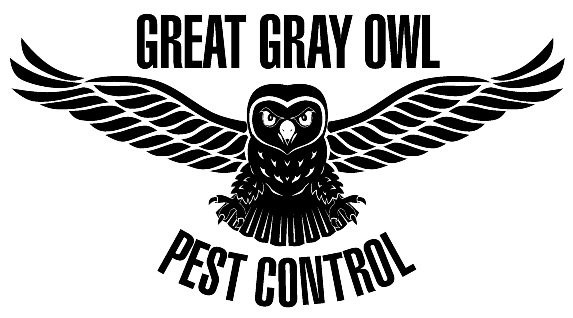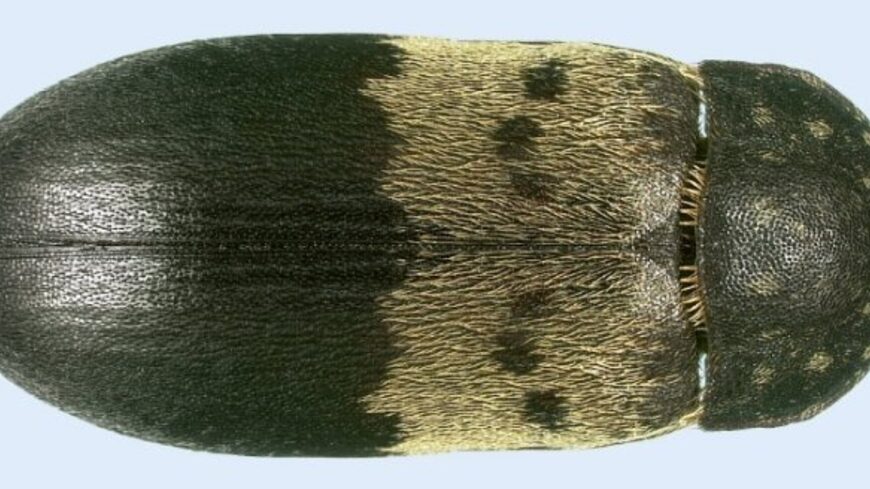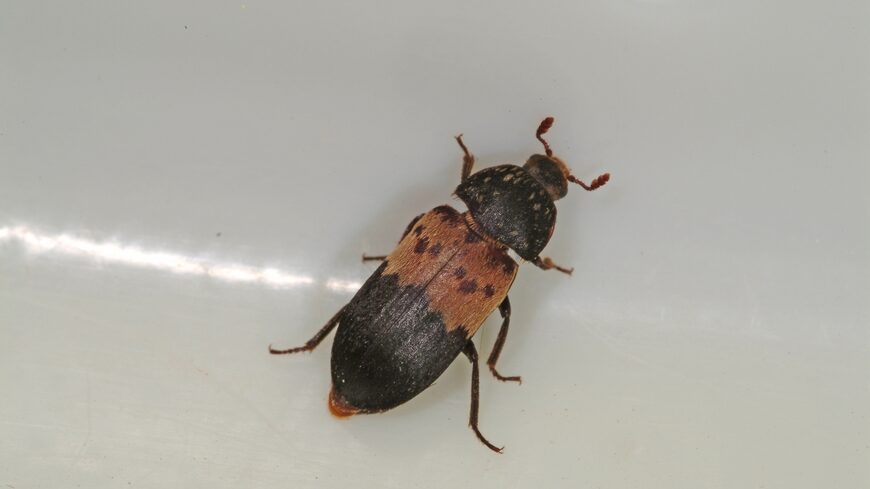Several species of the genus Dermestes (Order Coleoptera: Family Dermestidae) are considered fabric pests since they are found in tanneries, hide and skin warehouses, in homes, bird nests, attics where there may be a dead mouse or bird, in museum collections of stuffed animals or in beehives where dead bees and wax are eaten. Both the adult and larvae damage the materials by way of feeding.. They attack furs, animal skins, feathers, and meats and cheeses. The three most economically important hide beetles are:
- Larder beetle (Dermestes lardarius Linnaeus)
- Black larder beetle (D. ater [DeGeer])
- Hide or leather beetle (D. maculatus [DeGeer])
The female beetle must feed before laying eggs. Eggs are about 2mm in length and are laid in foodstuffs such as hides and other dry animal matter. Egg laying continues for two to three months and the total number of eggs laid varies from 200 to 800. Upon hatching, the larvae begin to feed. They are active and agile in dark areas, but in the light they may become immobile. They evolve through 5 or 6 molts. The full-grown larva measures 10 to 15 mm.
When the larva matures, it wanders seeking a pupation site. It may burrow into such materials as wood before pupating. The final larval skin acts as a plug protecting the pupa from predacious insects. If the larva is unable to bore a tunnel, the skin remains attached to the pupa.



